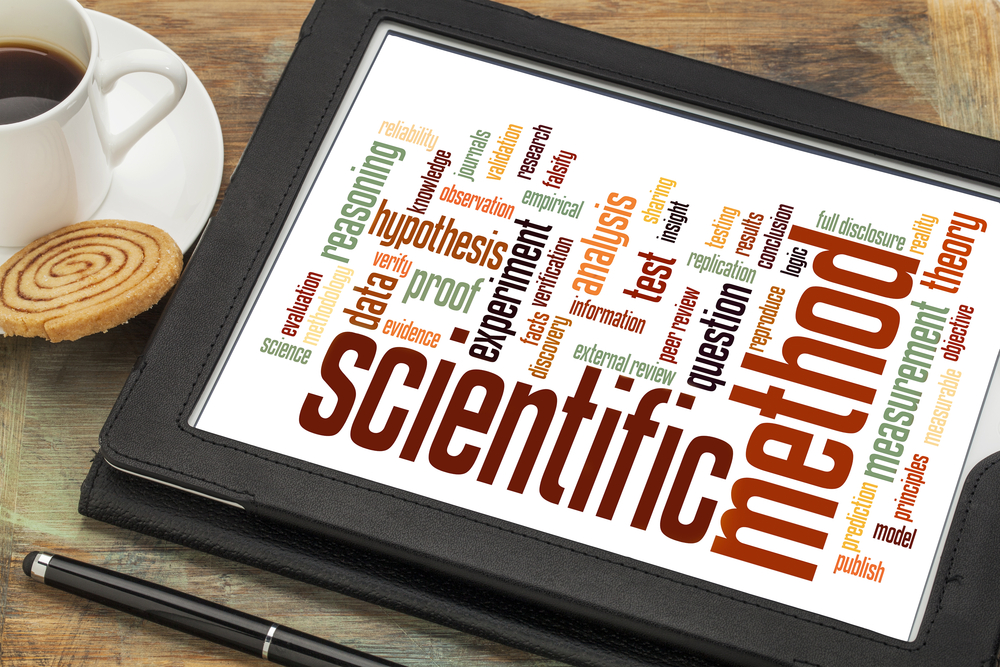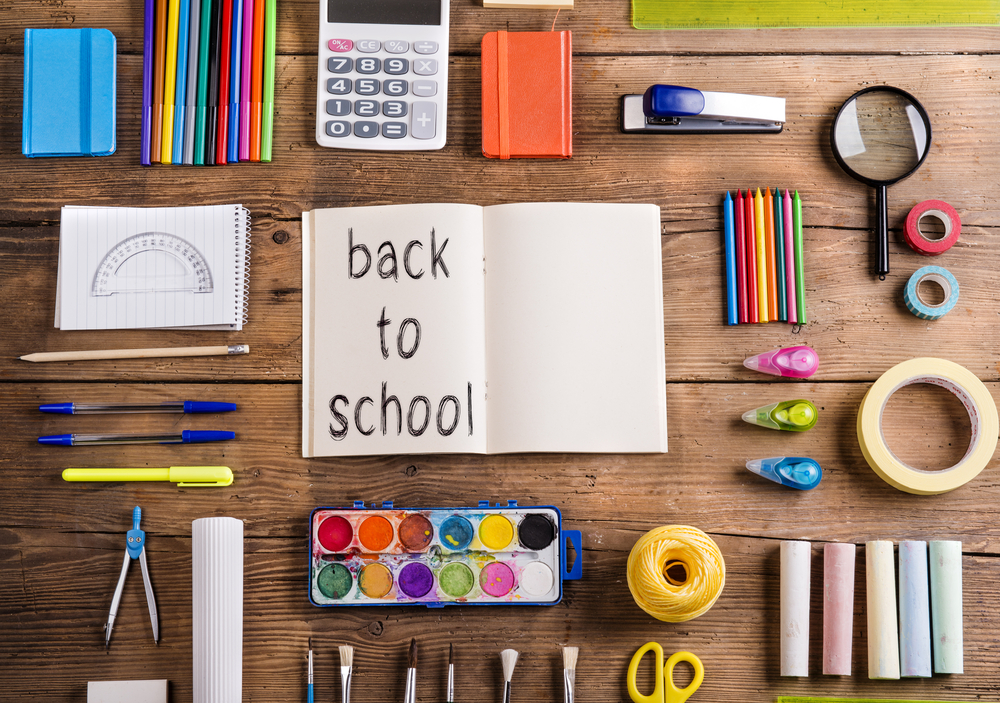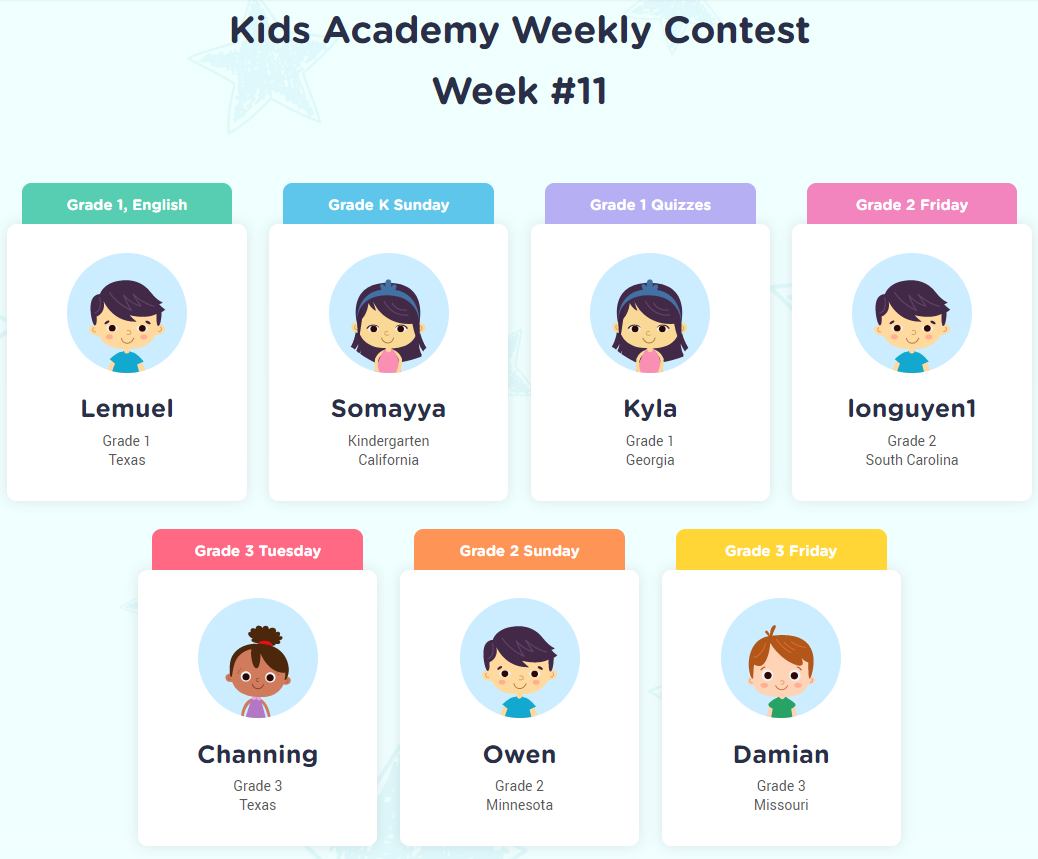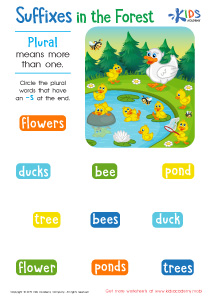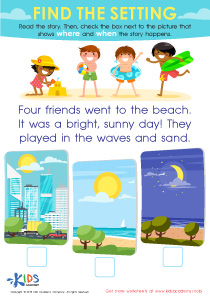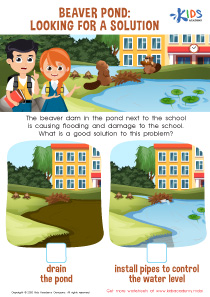Comparing numbers Easy Worksheets for Ages 6-8
3 filtered results
-
From - To
Welcome to our "Comparing Numbers Easy Worksheets for Ages 6-8" page! Here, young learners can enhance their understanding of numbers through engaging and interactive worksheets. Designed for children aged 6 to 8, these resources help develop essential math skills, such as identifying greater and lesser numbers and using symbols like >, <, and =. Our worksheets are visually appealing and age-appropriate, making learning fun and accessible. Perfect for both classroom activities and at-home practice, these materials will build confidence and fluency in number comparisons. Download our easy worksheets today and empower your child’s math journey!
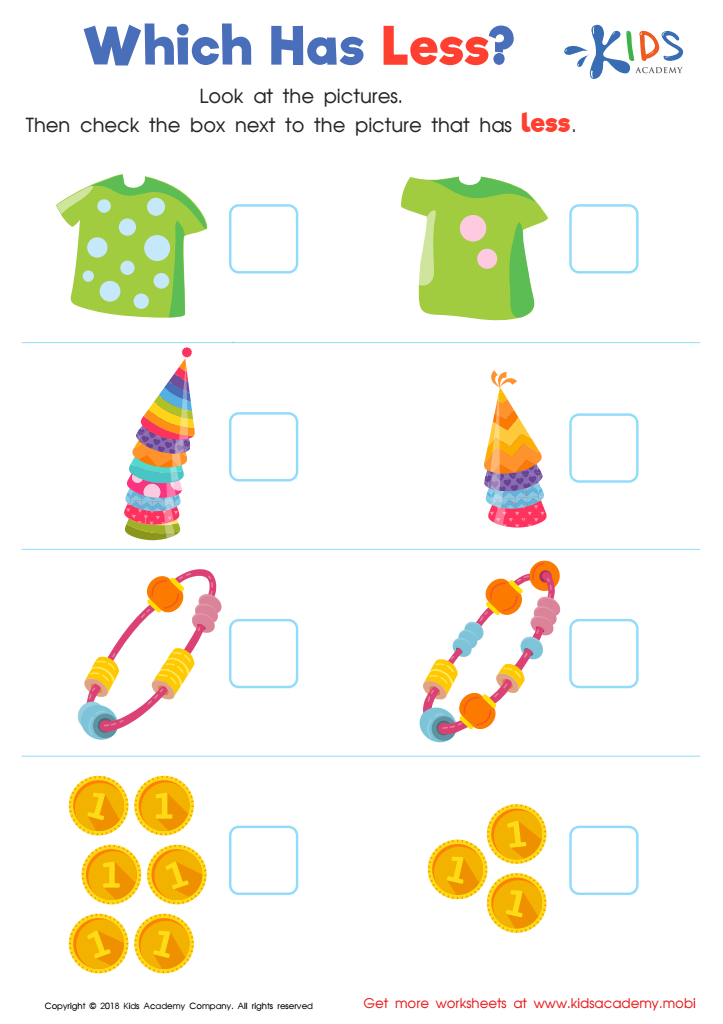

Which Has Less? Worksheet
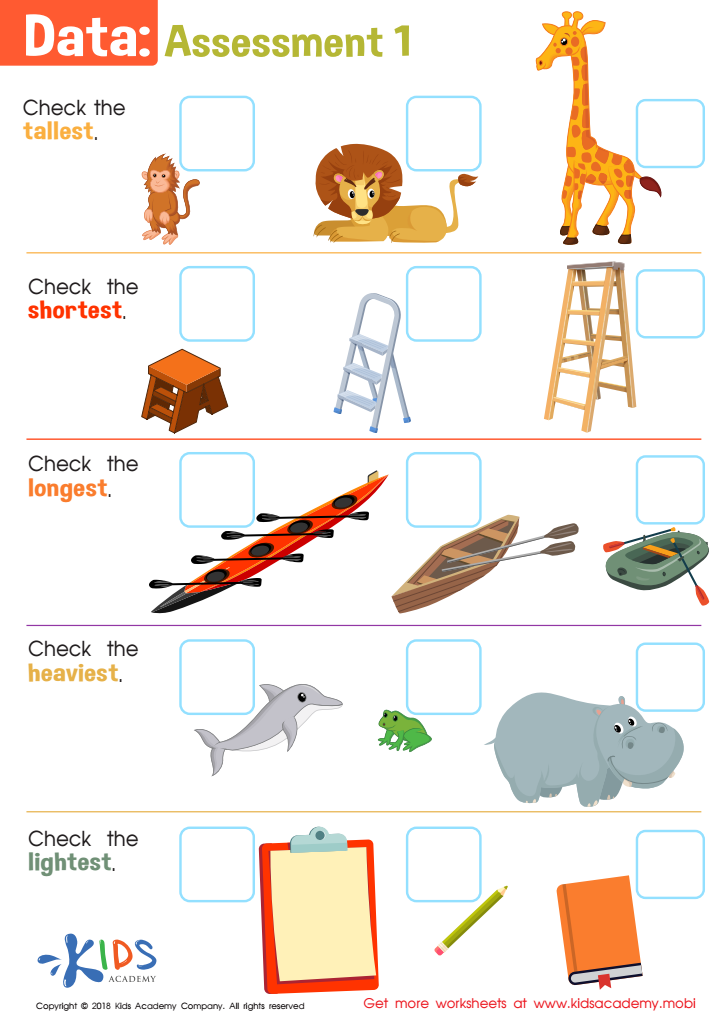

Data: Assessment 1 Worksheet


Ordering Flowers Worksheet
Comparing numbers is a foundational skill in early math education, crucial for children aged 6-8. Understanding how to compare numbers helps young learners develop essential critical thinking and analytical skills. When children grasp concepts like greater than, less than, and equal to, they enhance their ability to solve problems and make sense of their world.
Caring about teaching this skill is vital for parents and teachers because it sets the stage for future mathematical understanding. As children compare numbers, they begin to recognize patterns, discover relationships, and understand place value. This early competency is not only applicable in math but also in real-life situations, such as measuring quantities, managing finances, or assessing time.
Moreover, fostering number comparison skills boosts confidence in using math, allowing students to feel more secure in their abilities as they progress to more complex concepts like addition, subtraction, and ultimately, higher-level math. Additionally, parents and teachers can use various engaging activities—like games, visual aids, and hands-on activities—to make learning fun and effective. By prioritizing this foundational skill, adults play a crucial role in empowering children to become proficient, enthusiastic learners.
 Assign to My Students
Assign to My Students




